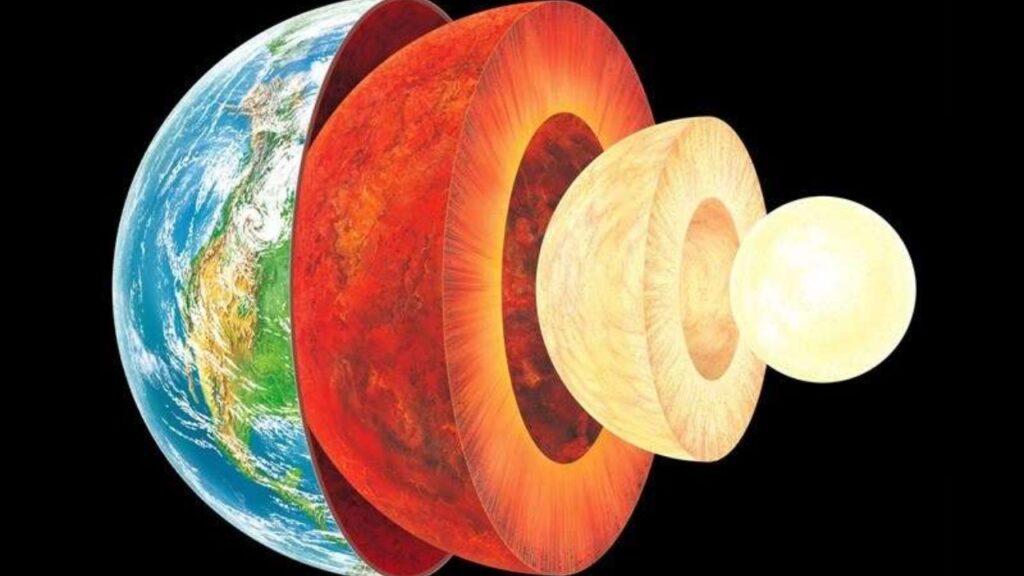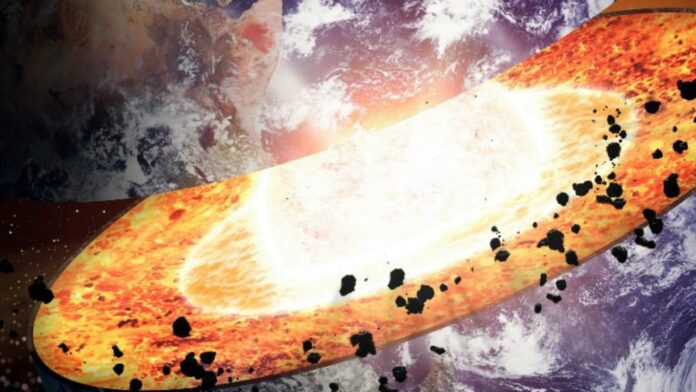Scientists continue to uncover fascinating insights about our solar system, particularly when it comes to Earth. A striking example is the fact that Earth’s core is younger than its crust. While this may sound illogical at first, there’s scientific reasoning behind it.
How Can Earth’s Core Be Younger Than Its Surface? Around 4.6 billion years ago, Earth’s surface began forming from a hot dust cloud orbiting the Sun. Heavier elements sank to Earth’s core, while lighter elements formed the mantle and the thin outer crust. As Earth accumulated more mass, events like a potential collision with a Mars-sized planet, known as Theia, likely contributed to this material redistribution.

This understanding challenges the assumption tha
In the 1960s, theoretical physicist Richard Feynman suggested that the gravitational time dilation effects of general relativity could cause Earth’s core to be one or two days younger than its surface. However, given that denser, heavier objects have more gravitational pull, and Earth’s dense core is composed of an iron-nickel alloy, newer calculations revealed that Feynman’s estimate was off.
Recent research indicates that the gravitational effects at Earth’s core make it approximately 2.5 years younger than the surface. Similarly, scientists have found that the Sun’s outer surface is about 40,000 years older than its core, further highlighting the fascinating impact of gravitational time dilation.
These insights offer a glimpse into the complex dynamics of Earth’s formation and the role of general relativity in shaping our understanding of age and time in the cosmos.

